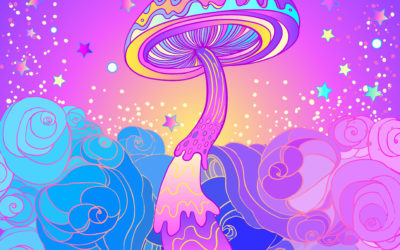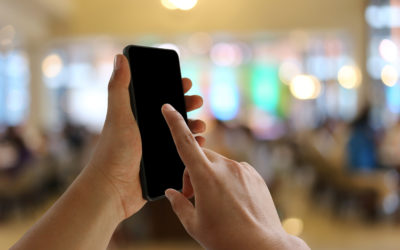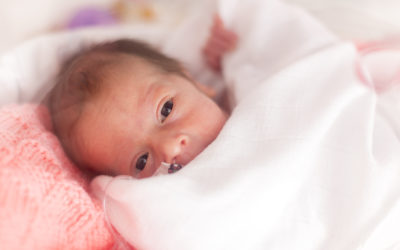
Business and executives in those businesses are more than keen to get a competitive advantage. To this end they invest heavily in technology and getting the right people to do the job.
But, I am sure, we are all more than aware that the work environment is also crucial to high performance. And this study, just out, gives an interesting take from a large dataset on this. The researchers around Alexander McKay at Virginia Commonwealth University analysed data from 11,000 surveys of employees sharing everyday work experiences and rated these into factors that stimulate or inhibit creativity. Creativity being a key metric to getting a competitive advantage for businesses.
What did they find?
Analysing the data showed that they could categorise the types of days that employees had into five categories:
-
-
- Toxic days: these are days that are high in conflict, obstacles and are missing stimulant factors. Fortunately, “only” 8% of days.
- Disengaged days: these are das that are low in all factors and represent disengagement and make up about 10% of days.
- Typical days: these are days that are well, average, a moderate amount of stimulance but also obstacles. These account, unsurprisingly for the majority of days. About 34% of days.
- Ideal days: these are the days we should probably aspire to with high stimulant factors but low obstacles and conflict. Notably they still had time pressure. These make up about 30% of workdays (which ain’t too bad actually).
- Crises days: these are days that are high in stimulant factors but also high in obstacle factors which seem to be around “good” conflict and wrestling with key problems. These make up about 20% of days.
-
So, in a hypothetical week, employees are in a bad place for half a day, disengaged for another half, in typical work mode for 1.5 days, in optimal work mode for 1.5 days, and spend 1 day in crises mode.
The next question is are these positive days actually better for creativity?
And this was a resounding yes. Those days which are ideal days rated much higher on creativity output but they also note that workers’ perceived creativity and productivity may actually be mismatched. The data for example shows that crises days are not as creative as workers rate them. Another note is that these days don’t average out as I did above nicely mixed up over a week. They tend to occur concurrently, so a toxic day is more likely to follow another toxic day. This can increase stress significantly – this shows that there can be a tendency to get in a rut – a positive one, or a negative one.
This also means it is important to try to manage this proactively.
This is therefore another piece of impressive and solid evidence as to why helping workers to have a good day at work will reap dividends for any business.
So what’s stopping you or your business making this happen?

Andy Habermacher
Andy is author of leading brains Review, Neuroleadership, and multiple other books. He has been intensively involved in writing and research into neuroleadership and is considered one of Europe’s leading experts. He is also a well-known public speaker speaking on the brain and human behaviour.
Andy is also a masters athlete (middle distance running) and competes regularly at international competitions (and holds a few national records in his age category).
Reference
Alexander S. McKay, Mayoor Mohan, Christopher S. Reina.
Another day, another chance: Daily workplace experiences and their impact on creativity.
Journal of Product Innovation Management, 2021; 39 (3): 292
DOI: 10.1111/jpim.12573
More Quick Hits
Behaviour at eight helps predict midlife health behaviours
A long-term study in Finland has tracked children from the age of eight until the age of 50 and a new analysis of the data, just published, has looked at some of the correlations between socioemotional behaviour in childhood and later life achievement and health...
Psychedelics and consciousness
Psychedelics change our conscious experience of the world – that is part of their attraction. Now a new study out of John Hopkins Medicine has analysed data on attributions of consciousness to other animals and innate objects by those using psychedelics and how this...
Lower smartphone usage increases wellbeing
So much has been said about smartphone usage in modern times. This ranges from some who say that they are destroying our brain to others who see they benefit our cognition by outsourcing cognitive heavy tasks like remembering lists of phone numbers – thereby freeing...
Modesty preferred for cooperative teams
In an age where it appears that many people are vying for self-esteem especially through social media, this research is interesting. Particularly in business contexts where cooperation is king. Research has previously shown that appearing to be wealthy increases...
Poverty shrinks babies’ brains
Quick HitsDaily brief research updates from the cognitive sciences couple of studies have just been released which look at the brains of newborns and young babies. The results are worrying for any society. Brain scans of newborn babies from...
Babies born with five from seven functional brain networks
In the 1950s the blank slate theory was the most prominent theory ascribed to babies. They are born blank slates and then their experiences allow them to develop their networks thoughts, associations, etc., and just about everything else. Though this theory is long...






